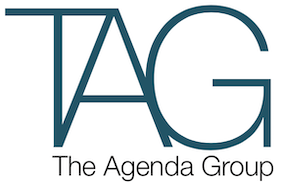The government is due to release the fourth Intergenerational Report in the coming week, showing Australia’s prospects over the next 40 years and the impact of government spending spanning generations.
Treasurer Joe Hockey considered releasing the report in late 2014, but now it’s thought that the IGR will be timed to coincide with a refocusing of the budget debate from the short-run costs of spending reforms to the long-run consequences of inaction.
The federal government hopes that the IGR, required under Charter of Budget Honesty Act 1998 to be released every five years, will ease progress of existing spending cuts and soften the ground for May’s federal Budget by examining the sustainability of current government policies and their impact on projections of the ‘fiscal gap’ between the government’s financial obligations, assets and tax receipts.
Source: Parliamentary Library Briefing Book
Historically, the Intergenerational Reports have been controversial, with fierce debate after the last IGR in 2010 predicted the population would rocket to 36 million people by the year 2040, sparking the call for an increase in the superannuation guarantee from 9 per cent to 12 per cent.
This report promises to be no different, and along with assessing the long-run obligations of the National Disability Insurance Scheme and superannuation tax concessions, it will most likely again revise upward the average life expectancy.
Where the report will predict changes in productivity, migration, and the previous optimistic terms of trade is less clear, but the Intergenerational Report’s findings will inevitably reverberate across many of the Coalition’s fundamental policy initiatives, with impacts on the tax white paper, the Reform of the Federation White Paper and potential increases in the GST base.
